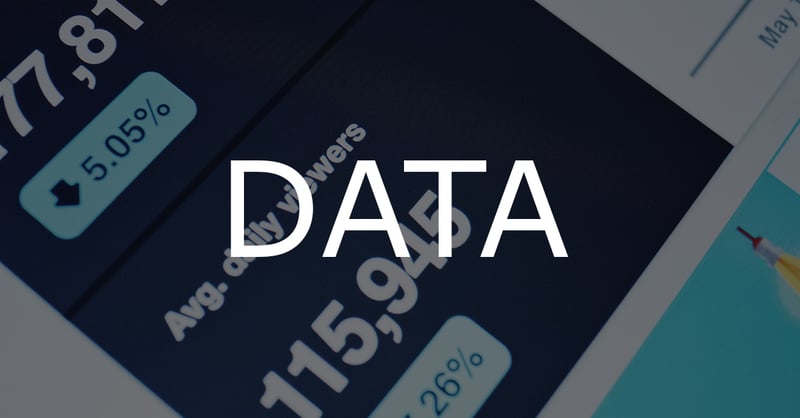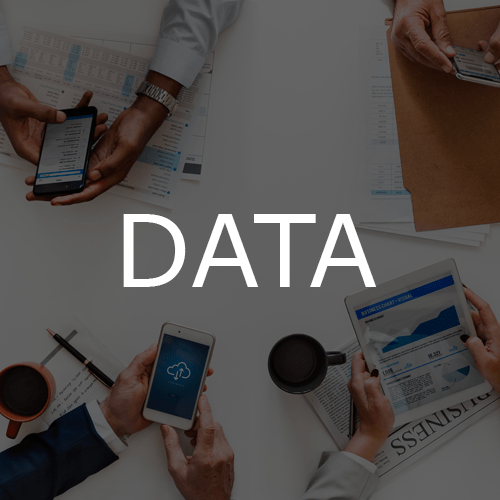 This blog builds on the recent Forrester article by Brandon Purcell: “Four Levels of Effective Analytics Planning.” Forrester offers an outline on what is needed for a company to define their current customer analytics capabilities and how to develop a strategic plan on improving those capabilities. This blog will assist you in defining your current level specifically with Google’s wheelhouse of analytics and tracking tools (Google Analytics, Google Tag Manager, Search Console).
This blog builds on the recent Forrester article by Brandon Purcell: “Four Levels of Effective Analytics Planning.” Forrester offers an outline on what is needed for a company to define their current customer analytics capabilities and how to develop a strategic plan on improving those capabilities. This blog will assist you in defining your current level specifically with Google’s wheelhouse of analytics and tracking tools (Google Analytics, Google Tag Manager, Search Console).
Just starting with analytics? We have a blog to help you get to Level 1 with a step-by-step guide on setting up a fresh Google Analytics account here.
The 4 Levels of Analytics Maturity
Level 1:
Typical state:
At this point, your analytics setup offers only basic data analysis opportunities and is likely in a high-risk state of poor data collection. This is especially dangerous for businesses, as they are likely using Google Analytics for answers about channel performance in regards to customer acquisition and bottom-of-funnel marketing efforts. Improperly set-up channel groupings, poorly segmented user bases and inaccurate goal conversion tracking are the most common mistakes with organizations at a Level 1 state that can lead to costly decisions.
Goal:
The first step to improving your Level 1 analytics setup is to complete a full audit on your current implementation. If you would like a comprehensive audit covering 20 critical points of a proper Google Analytics implementation, reach out to us here and we can conduct a Data Integrity Scorecard of your current analytics environment. We have also created tools for you to conduct a basic website audit which can be found here. Once your Google Analytics account has been audited, next steps can be determined to ensure clean and accurate data collection moving forward.
Level 2:
Typical state:
Now that you have an understanding of your current data reliability and the steps needed to set up a proper Google Analytics account, you can start working toward Level 2. Firms in a Level 2 state are capable of using multi-channel attribution to guide and quantify value of marketing efforts across channels within Google Analytics. This requires standardized procedures such as consistent UTM parameters applied to digital media efforts, data imports into Google Analytics for cost analysis, account linking (Search Console & Adwords), cross-domain or sub-domain tracking, custom dimension setup and various other efforts.
Goal:
At LaneTerralever, after a data integrity audit is completed, we complete an Attribution Solutioning Model to lay the foundation for implementation of all the steps listed above. This model will lay out a step-by-step process for achieving the fundamentals of a Level 2 organization and allow transition into Levels 3 and 4.
Level 3:
An important aspect of Level 3 organizations is assigning lifetime values to customers. Level 3 organizations are capable of effectively marketing and achieving success across multiple channels. They have strong customer retention, and their marketing campaigns are designed to guide repeat purchases and subscriptions. By establishing lifetime value to customers, this changes the organization’s business objectives (as well as those of senior leadership) from one-time, bottom-of-funnel, conversion-focused initiatives to long-term, repeat customer retention and marketing optimization.
Goal:
At LaneTerralever we provide guidance and best practices for setting micro level and macro level values.
Assigning lifetime values to customers is dependent on several implementations across Google Analytics and Google Tag Manager as defined in the Attribution Solutioning Model Guidelines.
- To start, building relevant content groupings within your Google Analytics account will help you determine what portions of your website have the highest value and their conversion potential. Performance analysis of these content groups will guide your UX team and web design team, as well as informing content creation.
- Building custom audiences and segments within Google Analytics is also critical for establishing lifetime value of customers. Without segmentation, it is impossible to have a clear picture of the different types of visitors to your website. With segmentation, you can establish where your site visitors are within the purchase process and establish retargeting campaigns for those custom audiences. These custom audiences can be imported directly into Google Adwords, which can then have lookalike audiences built off of them.
- A critical step in establishing lifetime customer value is Client ID and User ID tracking. By implementing these tracking capabilities through Google Tag Manager, you will start to collect data that can be analyzed over a user’s lifetime on your website. Instead of thousands of individual data points that are difficult to piece together into a story and tie to marketing efforts, you can analyze what behavior your highest-converting users show across months of data.
Level 4:
Some capabilities of a company operating in a Level 4 state of analytics include:
- Channel optimization and revenue attribution across online marketing efforts.
- Analytics efforts are tied directly to ROI in relationship to the company’s performance. (For example: the marketing decisions made based on analytics led to a 17% reduced customer acquisition cost).
- Utilization of their own first-party data for immediate website changes based on users’ real-time interactions, e.g., behavioral websites.
- Creation of advanced user profiles and segments built on those user profiles.
- Programmatic solutions with ad or product messaging based on specific user interactions.
- Real-time product recommendations while users are in the shopping process and interacting with the shopping cart.
- These companies also utilize their first-party data for repeat purchase recommendations and products that similar users purchased.
Goal:
With all the implementations mentioned throughout Levels 1-3, you are well on your way to gathering the data necessary for a Level 4 state. At LaneTerralever we provide a two-pillar approach to using data to direct higher levels of performance in advertising and conversions. The first pillar focus is on conversion rate optimization (CRO). The CRO pillar consists of 12-structured analysis that discover how and what to change, fix, or experiment on to generate higher conversions. The second pillar-focus on data analysis. These structured analysis are designed to help identify audience behaviors, website performance and how the consumer journey in combination with the advertising targeting for top, middle, and bottom funnel objectives are delivering and where improvement opportunities can be made.
If you are still having trouble understanding and implementing proper analytics to your website, come see us at LaneTerralever and get an assessment of your website to improve your data analysis and conversions!




